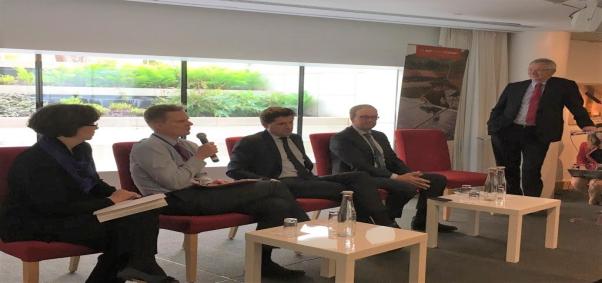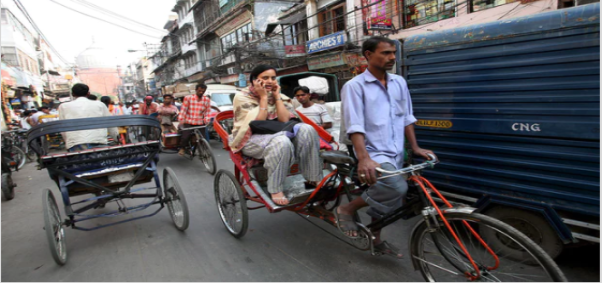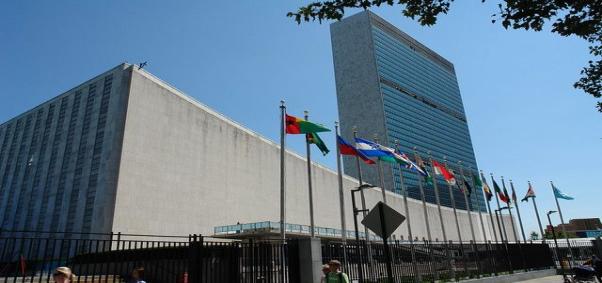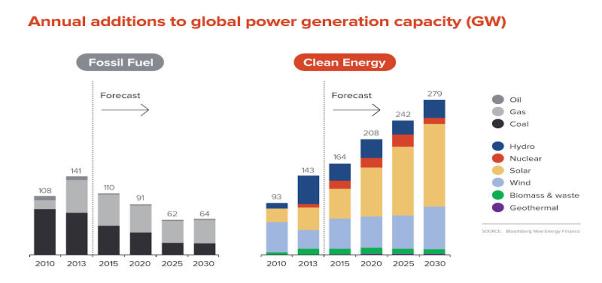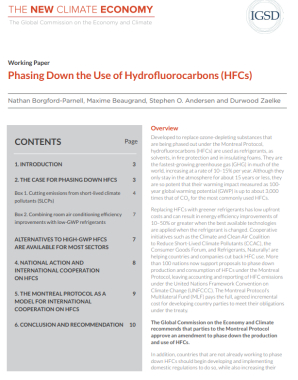
The report recommends that parties to the Montreal Protocol approve an amendment to phase down the production and use of HFCs. In addition, countries that are not already working to phase down HFCs should begin developing and implementing domestic regulations to do so, while also increasing their appliance energy efficiency standards. Incorporating HFC production and consumption into the Montreal Protocol would provide significant near-term gains to slow climate change and could lead to avoiding 1.1–1.7 GtCO2e of annual GHG emissions per year by 2030.
Downloads
671.88 KB
1.2 MB
459.69 KB
5.38 MB
![]() Seizing the Global Opportunity: Partnerships for Better Growth and a Better Climate.
Seizing the Global Opportunity: Partnerships for Better Growth and a Better Climate.
6.21 MB
1.63 MB




